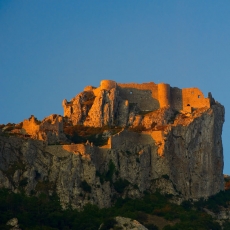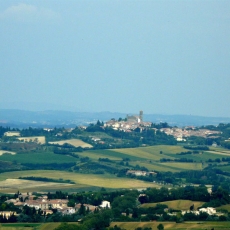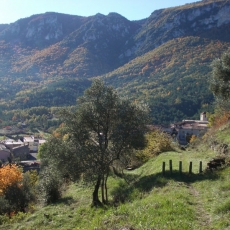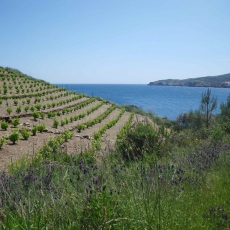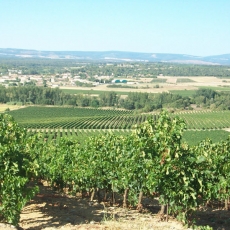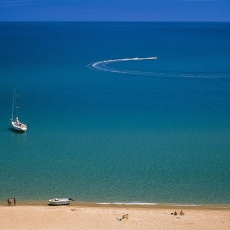Aude
Lastours is located in the Aude Department, between the Mediterranean Sea and the Pyrenees mountains.
It is part of the Languedoc-Roussillon region and is surrounded by the departments of Pyrénées-Orientales, Ariège, Haute-Garonne, Tarn, and Hérault, with the Golfe du Lion on the east.
Each natural region of the Aude has its own particular landscape.
In the east, lagoons or coastal lakes form a barrier between land and sea. These were formed by accumulated sediments brought down by the rivers Aude, Orb and Hérault.
Inland to the east, shrub and scrub dominate the landscape of the drylands of the Aude and Corbières. This landscape is the result of forest clearance and was maintained by the raising of livestock. The flora is varied and typical with many species of orchids. The Sault countryside is dominated by beech groves and fir plantations up to the mountains. These forests are known for their mushrooms and have a rich flora and fauna including the Pyrenean lily, the euproctis moth and horsetail of the woods.
To the north and west, the Black Mountain country is made up of forests of oak and beech. The Lauragais is a wooded landscape where grain farming has shaped the hills. There are bodies of water like the Lac de la Ganguise. Finally, the high valley of the Aude, otherwise called the Razès, consists of a riparian forest made of beech, alder, poplar or ash. It includes some peatlands that are very rare in southern France.
www.audetourisme.com
www.aude.fr
Languedoc-Roussillon
Languedoc-Roussillon is one of the 27 regions of France. It comprises five departments, and borders the other French regions of Provence-Alpes-Côte d’Azur, Rhône-Alpes, Auvergne, Midi-Pyrénées on the one side, and Spain, Andorra and the Mediterranean Sea on the other side. It is the southernmost region of mainland France.
The Languedoc-Roussillon region is dominated by 740,300 acres (2,996 km2) of vineyards, three times the combined area of the vineyards in Bordeaux and the region has been an important winemaking centre for several centuries. Grapevines are said to have existed in the South of France since the Pliocene period – before the existence of Homo sapiens.
The first vineyards of Gaul developed around two towns: Béziers and Narbonne. The Mediterranean climate and plentiful land with soil ranging from rocky sand to thick clay was very suitable for the production of wine, and it is estimated that one in ten bottles of the world’s wine was produced in this region during the 20th century.
www.destinationsuddefrance.com
www.about-france.com/regions/languedoc


